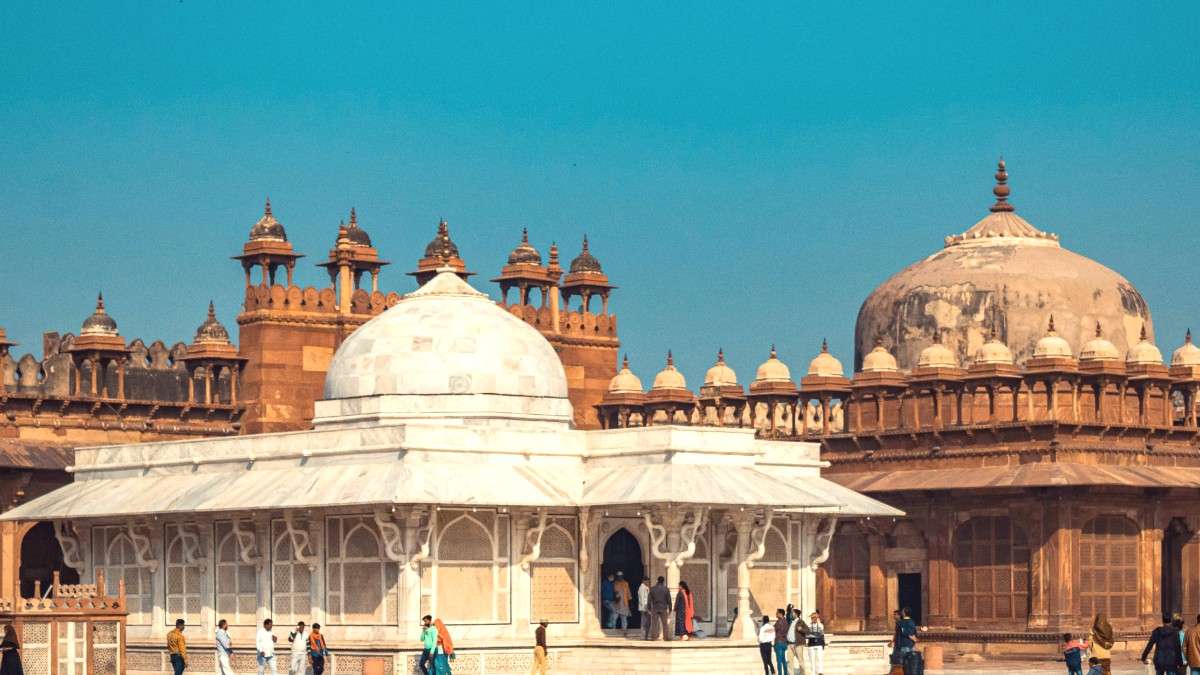
Uttar Pradesh, India
Public transportation methods vary in availability and convenience between Fatehpur Sikri and Agra. The historical complex itself is mainly explored on foot, and a shuttle service supports visitor access.
In Agra, public buses and auto-rickshaws are common for city travel.
Fatehpur Sikri shuttle route is direct. Agra local bus maps are not tourist-friendly; use landmarks.
Fatehpur Sikri shuttle runs during site opening hours. Agra public transport runs early morning to late evening.
For Fatehpur Sikri, arrive early with Sturdy walking shoes. Consider a licensed guide. In Agra, use ride-sharing apps (Uber/Ola) for fixed pricing, or clearly agree on auto-rickshaw fares.
Available from companies like Zoomcar in major cities. Requires International Driving Permit. Driving in India is very challenging; hiring a car with a driver is generally recommended.
Not common for day trips to Fatehpur Sikri. Requires valid license and IDP. Not generally recommended for foreign tourists due to traffic.
Limited in Agra, and not practical for long-distance travel to Fatehpur Sikri due to distance and road conditions.
Auto-rickshaws (often called "tuk-tuks") are the most common and widely used specialty vehicle for tourists for short to medium distances.
Walking offers the best way to explore Fatehpur Sikri itself, allowing for a close look at its historical structures. Cycling is generally less practical for travel to the site from Agra.
Vehicles drive on the left side of the road in India.
Honking is frequent and often a signal of presence, not aggression.
Cattle and other animals often wander onto roads, even on highways.
Choose between the convenience of hired cars/ride-sharing and the local experience of auto-rickshaws and buses.
Walking is the best way to explore Fatehpur Sikri's internal complex.